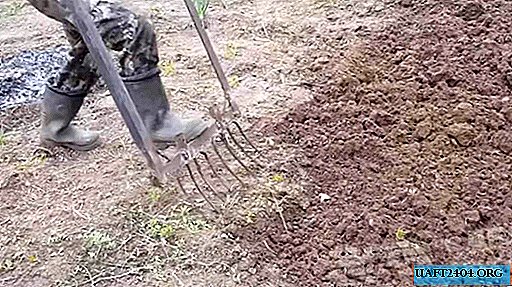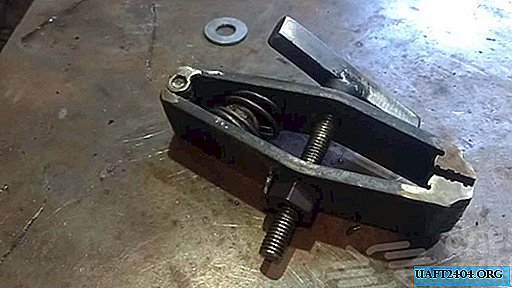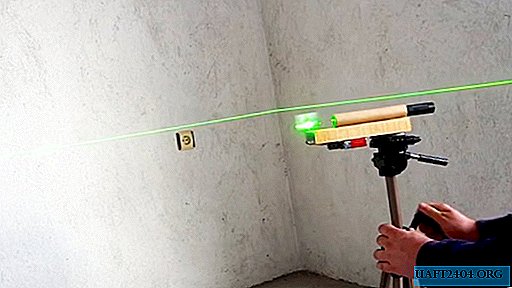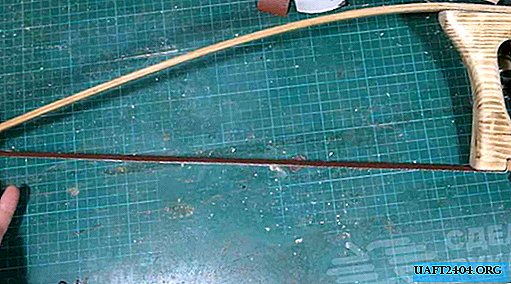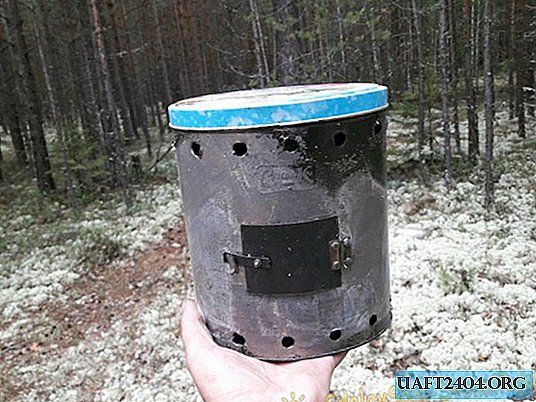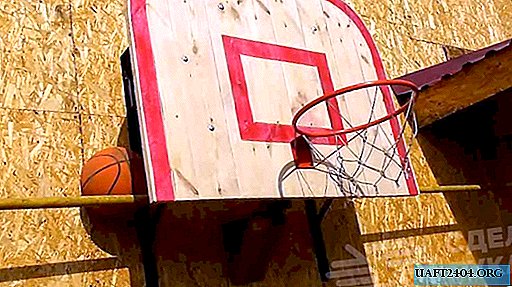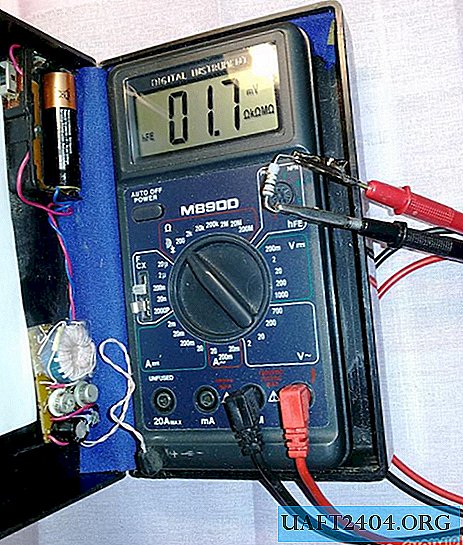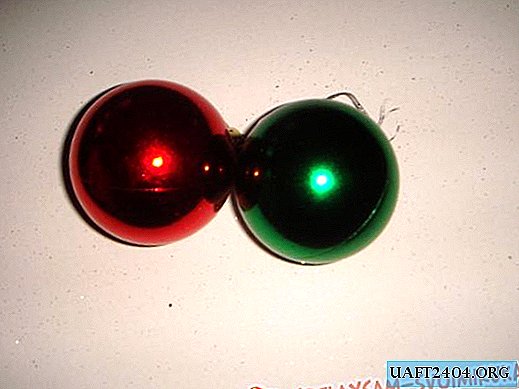Share
Pin
Tweet
Send
Share
Send
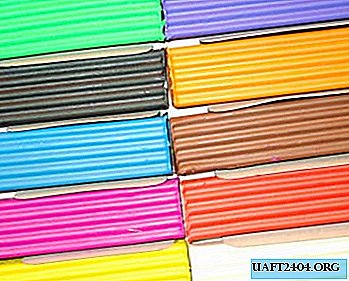
Plasticine - material for modeling. It is made from refined and crushed clay powder with the addition of wax, ceresin, fat and other substances that prevent drying. It is painted in various colors. Serves to perform sketches of sculptural works, small models, works of small forms.
It was developed in 1897 by a teacher at an art school in England. William Harbutt created material that would not dry out when students created sculptures.
The patent was obtained in 1899, and in 1900 the industrial production of plasticine began at the Bathampton plant. The original plasticine was gray, but later the product began to be produced in four colors. Plasticine was popular among children, it is widely used for teaching in art schools.
Unlike clay and wax, plasticine remains soft and practically does not harden and does not dry. Unlike ceramics, plasticine has a wide range of colors. In addition, unlike clay, clay does not stick to hands. Plasticine acquires a different degree of softness depending on the temperature, which allows you to continue working with it through any period of time.
Plasticine is used by children as a material for crafts. Plasticine games contribute to the development of finger coordination.
We make plasticine at home
To make plasticine you will need:
400 gr. flour, 200 gr. salt, 500 ml of boiling water, 1 tablespoon of "alann" and 1 tablespoon of sunflower oil. "Alann" is sold at the pharmacy. This is such a powder as gelatin, it is not harmful and is used in medicine.
Mix flour, salt and "alann" in one cup, pour boiling water and quickly, so that there are no lumps, mix. Mix better with a mixer. After you have poured water, you need to add a tablespoon of oil. In boiling water, you can add food color. You need to add a lot of paint so that there is a beautiful rich color. As the mass becomes thick and the mixer cannot turn further, you need to knead the mass well, like a dough. Plasticine is ready!
Plasticine should be kept in a closed jar or in a closed bag.
Modeling for children
Modeling develops fine motor skills, teaches children to be neat, helps to translate children's fantasies into reality, and just wonderful children's fun!
Where to start, how to teach your baby to sculpt?
First, choose the right material. After all, you can sculpt not only from clay, but also from clay and dough. Clay and dough are the best material for the baby. They are softer and it is much easier to sculpt a small child. If you decide to sculpt from clay, then be sure to soften it.
Once the material is selected, get down to business. Be sure to introduce the baby to the properties of the material: soft, you can pinch off pieces, you can sculpt. Then teach your child to roll clay into long stripes (or your material). You can first roll out on the table, and then learn how to roll between the palms. Be sure to talk about what you sculpt, let it be pencils, a fence or something else. After that, you can try to roll in a circular motion, make balls, balls. If your kid knows all this, then teach to flatten a ball, and to connect long stripes in the form of a ring, donut. Learn to sculpt simple objects consisting of several parts (a tumbler, a snowman).
It was developed in 1897 by a teacher at an art school in England. William Harbutt created material that would not dry out when students created sculptures.
The patent was obtained in 1899, and in 1900 the industrial production of plasticine began at the Bathampton plant. The original plasticine was gray, but later the product began to be produced in four colors. Plasticine was popular among children, it is widely used for teaching in art schools.
Unlike clay and wax, plasticine remains soft and practically does not harden and does not dry. Unlike ceramics, plasticine has a wide range of colors. In addition, unlike clay, clay does not stick to hands. Plasticine acquires a different degree of softness depending on the temperature, which allows you to continue working with it through any period of time.
Plasticine is used by children as a material for crafts. Plasticine games contribute to the development of finger coordination.
We make plasticine at home
To make plasticine you will need:
400 gr. flour, 200 gr. salt, 500 ml of boiling water, 1 tablespoon of "alann" and 1 tablespoon of sunflower oil. "Alann" is sold at the pharmacy. This is such a powder as gelatin, it is not harmful and is used in medicine.
Mix flour, salt and "alann" in one cup, pour boiling water and quickly, so that there are no lumps, mix. Mix better with a mixer. After you have poured water, you need to add a tablespoon of oil. In boiling water, you can add food color. You need to add a lot of paint so that there is a beautiful rich color. As the mass becomes thick and the mixer cannot turn further, you need to knead the mass well, like a dough. Plasticine is ready!
Plasticine should be kept in a closed jar or in a closed bag.
Modeling for children
Modeling develops fine motor skills, teaches children to be neat, helps to translate children's fantasies into reality, and just wonderful children's fun!
Where to start, how to teach your baby to sculpt?
First, choose the right material. After all, you can sculpt not only from clay, but also from clay and dough. Clay and dough are the best material for the baby. They are softer and it is much easier to sculpt a small child. If you decide to sculpt from clay, then be sure to soften it.
Once the material is selected, get down to business. Be sure to introduce the baby to the properties of the material: soft, you can pinch off pieces, you can sculpt. Then teach your child to roll clay into long stripes (or your material). You can first roll out on the table, and then learn how to roll between the palms. Be sure to talk about what you sculpt, let it be pencils, a fence or something else. After that, you can try to roll in a circular motion, make balls, balls. If your kid knows all this, then teach to flatten a ball, and to connect long stripes in the form of a ring, donut. Learn to sculpt simple objects consisting of several parts (a tumbler, a snowman).
Share
Pin
Tweet
Send
Share
Send

